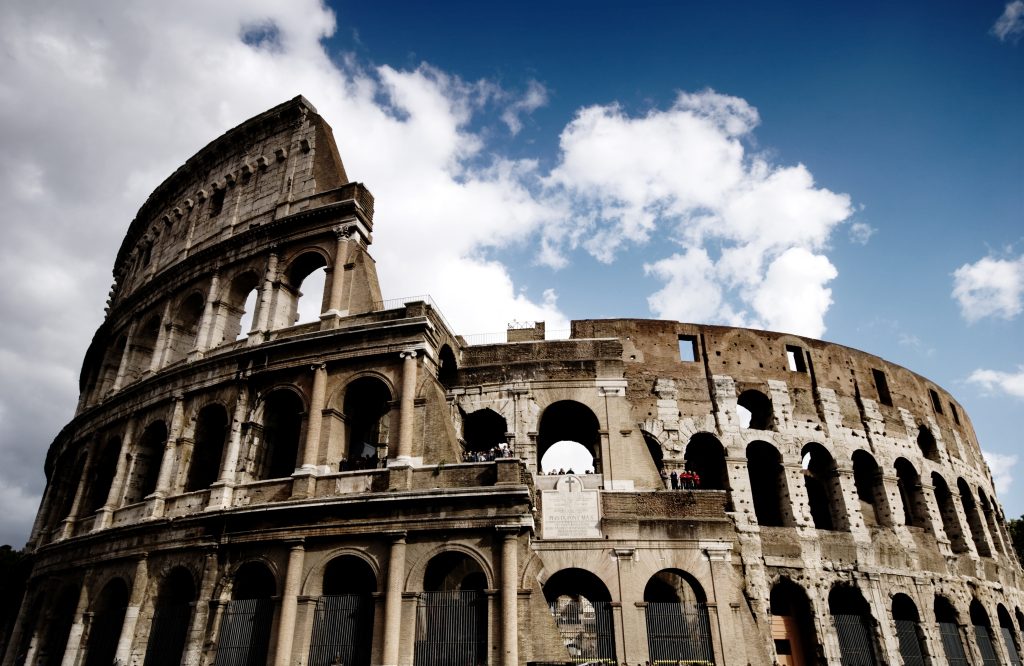The History of Concrete: Exploring the Legacy of Roman Concrete
The use of concrete in construction can be traced back to ancient times. Evidence of early forms of concrete has been found in ancient Egypt and Greece. However, it was the ancient Romans who truly revolutionized the use of concrete by developing a formula that has stood the test of time for over 2,000 years.
The formula for Roman Concrete is believed to have been developed by the Roman engineer Vitruvius around 300 BC. It consisted of a mixture of volcanic ash, lime, and seawater. The volcanic ash, known as pozzolana, was an essential ingredient in the recipe. When mixed with lime and seawater, the pozzolana would create a chemical reaction that produced a strong, durable concrete.
The Colosseum in Rome, built in 70-80 AD, is an impressive example of Roman Concrete’s durability. Its walls and arches were made using Roman Concrete, and despite being exposed to centuries of weathering and natural disasters, it still stands today, a testament to the strength and resilience of this material.

One of the reasons why Roman Concrete was so durable was due to its ability to self-heal. When cracks formed in the concrete, seawater would seep in and react with the lime, causing the concrete to grow new crystals and close the cracks. This self-healing property helped to extend the lifespan of structures made with Roman Concrete.
Despite its many advantages, the use of Roman Concrete declined after the fall of the Roman Empire, and the formula was eventually lost to history. It wasn’t until the 18th century that a similar formula was rediscovered, using the volcanic ash from the Pozzuoli region in Italy.
Today, the legacy of Roman Concrete lives on in modern construction. Concrete is an integral part of modern architecture, and advancements in technology and materials have only improved its durability and strength. The principles of Roman Concrete have been adapted and refined over time, with modern concrete incorporating a range of materials and additives to improve its properties.
In conclusion, the discovery and development of Roman Concrete by the ancient Romans have had a significant impact on the field of construction. The durability and strength of Roman Concrete have stood the test of time and continue to influence modern construction practices. While the formula may have been lost to history, the legacy of Roman Concrete lives on, inspiring discoveries and innovations in construction technology.
Got questions?
Give us a call at (323) 329-7068 , send an email to [email protected] , or submit our contact form online – whatever works best for you! Let’s get in touch and start today!

